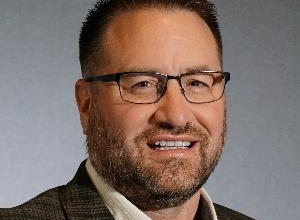
With the demand for wide-format signage and printing on the rise, we are continuing to see a trend where more non-traditional print businesses are seriously considering adding wide-format printing to their list of services. As a result, print shops, screen printers, wrap install businesses, promotional product firms, and other pay-for-print providers are now in the market for a wide-format printer.
To help give you an idea of the profit potential that comes with a wide-format printer, I asked some experts to make suggestions that will provide you with the most opportunity for the money.
“When it comes to profitable end products, the term used most often is ‘applications.’ So start by thinking about what applications you want to create with your printer. This also leads a newbie to think about who their customer base will be. Are they going to be selling products online and shipping them or are they going to have a retail shop and sell locally, or both,” Mark Rugen, director of product marketing and education for Mutoh America Inc., explains.
“You certainly would not sell a vehicle wrap online, but you could sell cut or printed decals that consumers could put on their vehicles. The types of applications are unlimited, but the choice of application may also determine the kind of ink that the printer will need and the printer size. Smaller items, such as awards, key chains, pens, etc., might require a UV ink and perhaps a smaller, almost desktop size printer, while vehicle wraps would require eco-solvent or latex inks and require a 64″ wide printer,” Rugen adds.
Daniel Valade, product manager of digital print for Roland DGA, suggests print service providers (PSPs) who are just starting or getting into wide-format printing for the first time to consider an eco-solvent printer. It offers the most capabilities for traditional signage such as banners, posters, walls, and wraps. “For those wanting to offer printing on textiles and rigid substrates for things like soft-signage, high-end POP displays or customized goods and promo products, dye-sublimation printing is a great option. Lastly, for a shop that wants to concentrate on creating personalized products or print on unique substrates such as wood, metal, acrylics, and three-dimensional products, a UV flatbed printer is an excellent choice.”
Matt McCausland, product manager of professional imaging at Epson America, notes that when looking to find a cost-efficient entry-level solution, solvent printing (primarily known for signage) can be a versatile resource for a range of printing needs, including fine art reproduction, vehicle wraps, photographic prints, canvas prints, stickers, vehicle wraps, decals, labels and more. He says versatile media compatibility, outstanding durability, weather, and scratch-proof output are ideal for outdoor signage, banners, posters, and advertising.



